Century Media’s re-issues of classic Massacra works Final Holocaust, Enjoy the Violence and Signs of the Decline have landed. Massacra began innovating its high-speed Slayer-influenced style of death metal in the late 1980s and refined it to a frenetic blur of sound and aggression.
Final Holocaust inherits an updated production without excessive compression; it brings more tone and some but not dramatic loudness to the picture, which will be perfect on both vinyl and CD without obliterating the original sound or distorting it. Greater bass presence lets this album compete with other acts from that time whose work was more physically heavy in addition to being musically heavy as Massacra has always excelled at being. In addition, five additional tracks from a 1990 live show somewhere in France and a deluxe booklet with interview, snippets of old zines, and complete song lyrics finish out the package. This live show reveals the most chaotic version of Massacra yet with heavier live guitars and more extreme vocals. The band show their unique ability to play together live with an organic flow that does not necessarily correspond to the types of rhythm one might expect from the more mechanical music to follow.
Enjoy the Violence experiences similar upgraded sound with similar attention given to the need to preserve the classic sound of these now-ancient assaults. Similarly, the lower registers have been brought out with power that complements the otherwise mids-intensive production. A lack of knob-fiddling preserves the period document while a crisper sound gives it a similar intensity to the modern styles without going overboard into compression hell. Five additional tracks follow the album from a rehearsal in 1991, showing songs from the first album at peak proficiency and maximum intensity. These tracks give a feeling for how the band joined past to future without being merely repetitive. Having them on the second album rather than the first creates a powerful contrast as the album ends.
Signs of the Decline shows Massacra adapting to the departure of Fred Death halfway through the album’s creation and simultaneously attempting to evolve in parallel with the death metal it helped create. If someone ever asks for the difference between old school death metal and “regular” death metal, point them to the break between the last album and this one. Gestures at technicality and even crazier more fireworks-laden guitars and more of a speed metal rhythmic sense, using chunky chords in geometric divisions to create an expanding recursion, alongside an impulse toward what would be called “brutality” guide this album. Many parts of it show similarities to Sepultura Arise and Incantation from about the same period. The band is simultaneously racing toward something like Morbid Angel’s Covenant, which seems to have felt some influence from this album, and a percussive polyrythmic speed/death inhabiting the spectrum from Kreator through Deicide. Two additional tracks from a live show in Germany the previous year showcase two tracks from the previous album in grinding loudness and yet fully proficient rhythmic work, but the contrast between the two styles jars the listener. The earlier material integrates more smoothly and demonstrates its own presence. The later material, more hesitant, tries to be in too many places at once without having yet made its conclusions about how each element of style should be used.
Massacra often gets cheated out of the credit it deserves because most people see that the first album was issued in 1990. However, the band had three years of demos before that time which showed an advanced vision of death metal in the old school phrasal style like Morbid Angel, Slayer, Vader, Mortuary and early Incantation. It avoided the bounciness of speed metal and instead created a rhythmic sense that propelled energy through its listeners, rather than stopping with them as it chopped its momentum into ever smaller slices with muted palm strumming. Seeing these classics ride again — especially since German Shark Records who published them the first time had terrible distribution in the USA — shows new generations how to rediscover the ancient but vital past.
2 CommentsTags: century media, death metal, massacra, slayer, Speed Metal
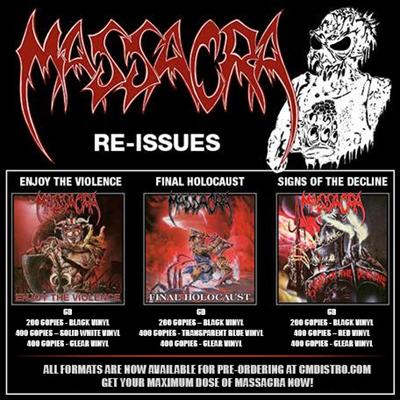
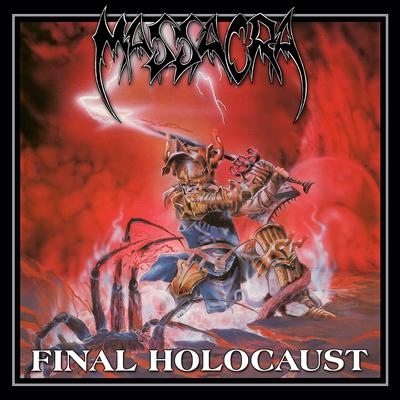
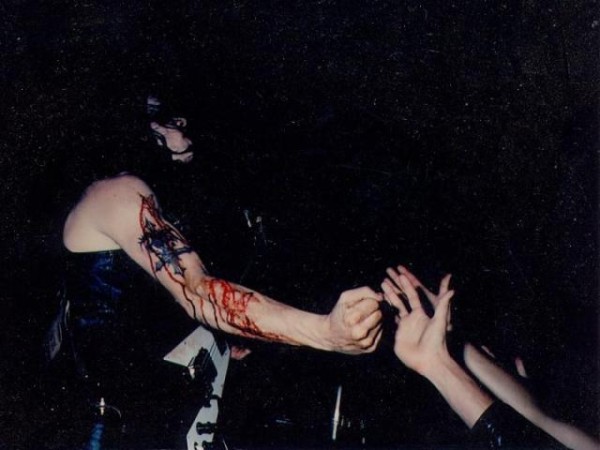
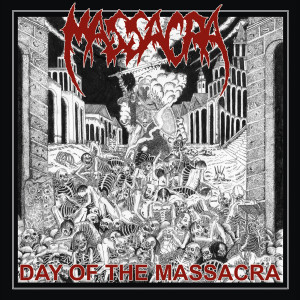
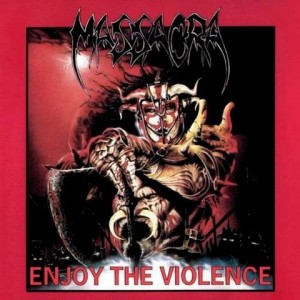
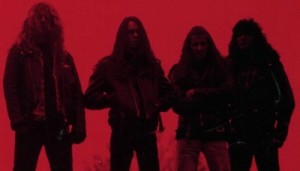 … So spake the lyrically impassioned and thoroughly blood-splattered master torturer from Octave Mirbeau’s exploitative allegory ‘Le Jardin des Supplices‘ — a work often regarded as the French parallel to Joseph Conrad’s ‘Heart of Darkness’ in its mutual objective towards smashing the moral edifices of Western civilization and exposing the corrupted, putrefying soul beneath. Framed in this excerpt is a rational, eloquent and yet sickeningly grotesque declaration of sadism as a fine art — or even a manifestation of divine love — which so happens to mesh very excellently with the more measured methods that
… So spake the lyrically impassioned and thoroughly blood-splattered master torturer from Octave Mirbeau’s exploitative allegory ‘Le Jardin des Supplices‘ — a work often regarded as the French parallel to Joseph Conrad’s ‘Heart of Darkness’ in its mutual objective towards smashing the moral edifices of Western civilization and exposing the corrupted, putrefying soul beneath. Framed in this excerpt is a rational, eloquent and yet sickeningly grotesque declaration of sadism as a fine art — or even a manifestation of divine love — which so happens to mesh very excellently with the more measured methods that 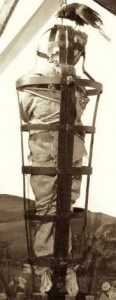 Markedly fewer motifs are employed — a few even resurface on multiple songs — and yet it is this very spareness that imparts such character and memorability unto each composition, along with a newfound, almost cinematic command over tempo, texture, voicing and atmosphere. In addition to the familiar
Markedly fewer motifs are employed — a few even resurface on multiple songs — and yet it is this very spareness that imparts such character and memorability unto each composition, along with a newfound, almost cinematic command over tempo, texture, voicing and atmosphere. In addition to the familiar 
